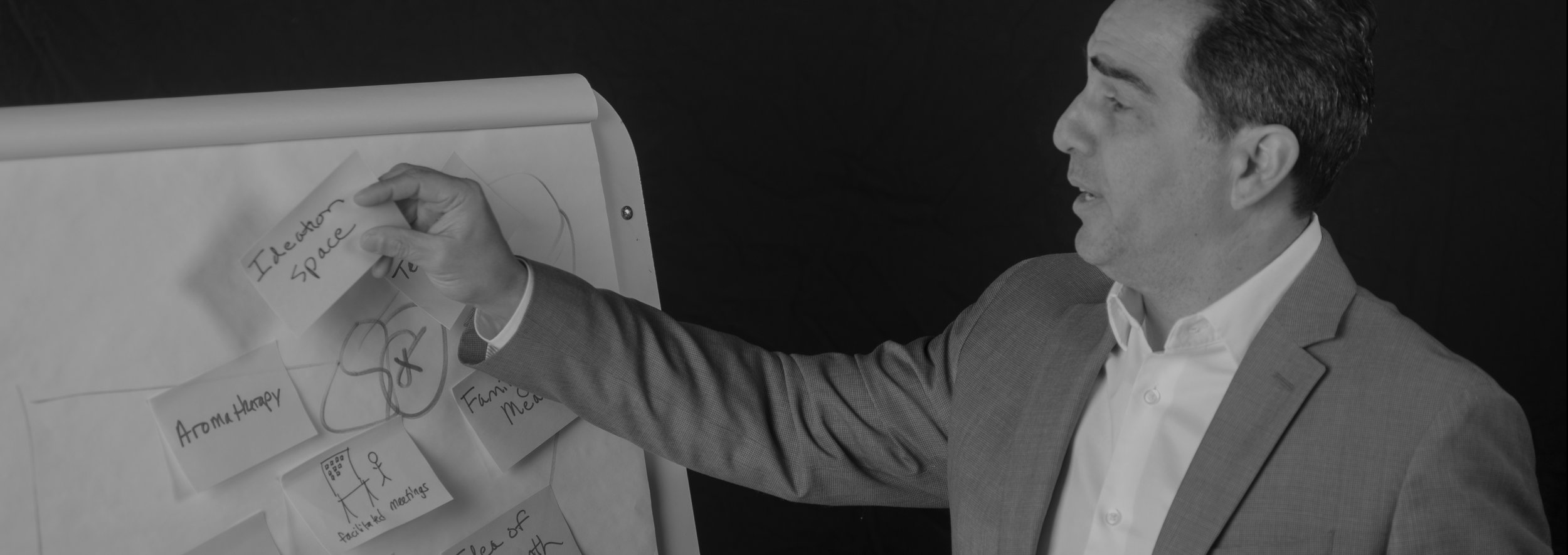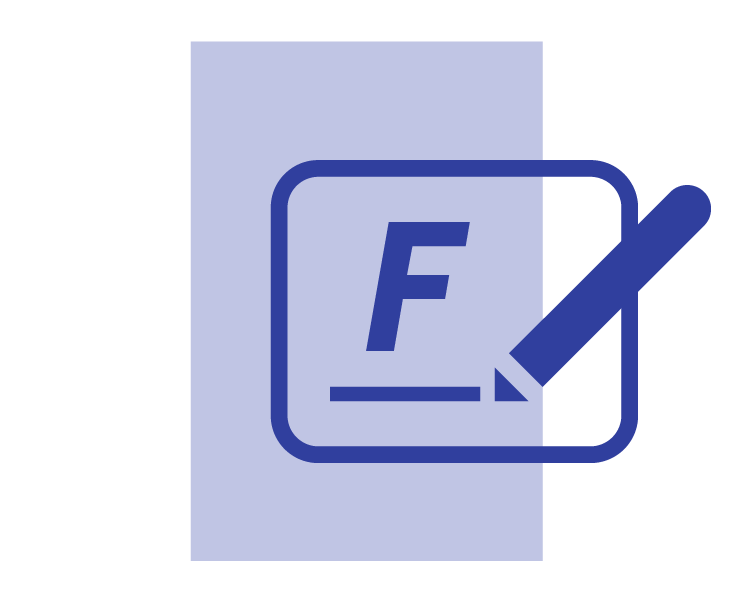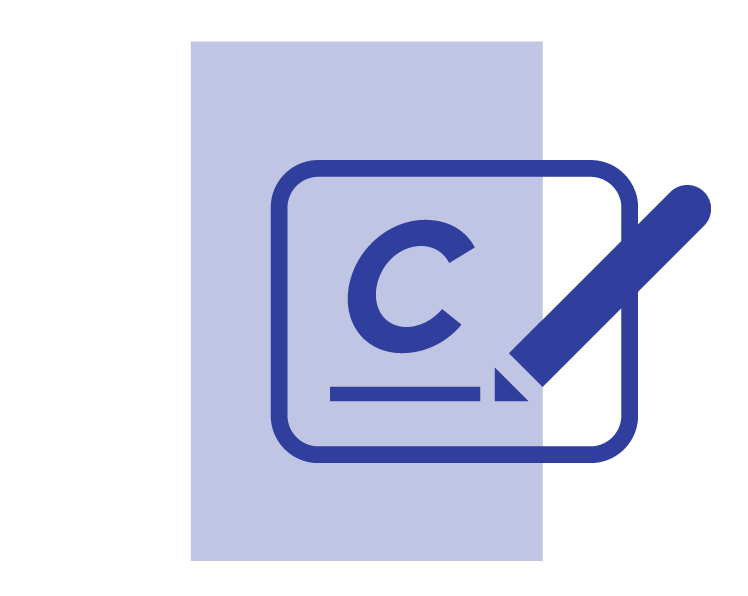My research efforts have resulted in more than 40 articles on the topic or creativity and creative-thinking. Here are some of them:
Differences in creative problem-solving preferences across occupations
- Puccio, G. J., Miller, B., & Acar, S., The Journal of Creative Behavior, no. 52, 1-17
This study reveals a deep connection between occupation and the kinds of creative-thinking favored across different jobs. Using FourSight theory we found that Clarifiers are more dominant in Finance, Ideators in such occupations as Advertising, Developers are more likely to emerge in Engineering, and Implementers in such occupations as Sales. By showing a link between creative problem-solving preferences and work, this study significantly expanded the FourSight theory.
From the dawn of humanity to the 21st century: Creativity as an enduring survival skill
- Puccio, G. J., The Journal of Creative Behavior, no. 51, 330-334.
This essay was invited as part of the 50th anniversary celebration of the field of creativity’s oldest journal, The Journal of Creative Behavior. In this publication I forward an argument that creative thinking has always been a survival skill for the human species, and that in today’s fast changing environment it remains an essential survival skill.
Shifting the organizational mindset: Exploratory evidence for the positive impact of creativity training and strategic planning
- Preece, M., Katz, Y., Richards, B., Puccio, G. J., & Acar, S., The International Journal of Creativity & Problem Solving, no. 27 (2), 35-52.
This paper highlights the impact of my work at Sheridan College, a post-secondary Canadian institution that adopted creative thinking as a focus for both students and faculty. The paper reports on how training among faculty and staff led to a significant shift in the organizational mindset: from a more analytical way of thinking to one with greater tendencies to embrace imagination.
Democratizing creativity: How creative thinking contributes to individual, organizational, and societal success
- Puccio, G. J., Spanda, no. VI (2), 19-26.
Looking for a review of why creativity is an important topic? This is your article. This essay covers the top reasons why I believe, based on research and current trends, creativity is a crucial skill for individual, organizational and societal success.
Creativity will stop you from being promoted – Right? Wrong! A comparison of creative thinking preferences across organizational levels
- Puccio, G. J., & Acar, S., Business Creativity and the Creative Economy, no. 1, 4-12.
In this study Dr. Acar and I use the creative-thinking preferences of more than 7,000 research participants who reported their organizational level to determine if the creative-thinking preferences of senior leaders are different from others. The answer is a resounding yes. The research results support the important link between creative thinking and leadership.
Cross-cultural studies of implicit theories of creativity: A comparative analysis between the United States and the main ethnic groups in Singapore
- Ramos, S. J., & Puccio, G. J. (2014). Creativity Research Journal, no. 26, 223-228.
People hold their own views of the world, called implicit theories. The purpose of this study, the last in a program of research on this topic, investigated the degree to which Singaporean citizens’ implicit views of creativity correspond with well-established scholarly theories.
Creative leadership: Welcome to the 21st century
- Zacko-Smith, J. D., Puccio, G. J., Mance, M. Academic Exchange Quarterly, no. 14(4), 133-138.
This essay explores the various ways in which creativity and leadership are co-mingled constructs and makes a case for creative leadership to be included among the lexicon of terms used in leadership literature.
Creativity on demand: Historical approaches and future trends
- Puccio, G. J., & Cabra, J. F., Fox, M. J., & Cahen, H. Artificial Intelligence for Engineering Design, Analysis and Manufacturing, no. 24, 153-159
This essay explores the various ways in which creativity and leadership are co-mingled constructs and makes a case for creative leadership to be included among the lexicon of terms used in leadership literature.
Examining the relationship between personality traits and creativity styles
- Puccio, G. J., & Grivas, C., Creativity and Innovation Management, no. 18, 247-255
As an effort to validate the FourSight measure, it is important to uncover and illuminate the specific personalities associated with Clarifiers, Ideators, Developers and Implementers. In this study we find theoretically expected relationships between FourSight and the DiSC Profile.
Developing and testing a Turkish version of Torrance’s Tests of Creative Thinking: A study of adults
- Aslan, A. E., & Puccio, G. J., The Journal of Creative Behavior, no. 40, 163-178
In this paper I collaborate with Dr. Aslan to text the viability of a Turkish version of the famous Torrance Tests of Creative Thinking (TTCT). The TTCT is one of the most widely used creativity measures in the world and creating a Turkish version is crucial to the promotion of creativity research in this country.
A review of the effectiveness of Creative Problem Solving training: A focus on workplace issues.
- Puccio, G. J., Firestien, R. L., Coyle, C., & Masucci, C., Creativity and Innovation Management, no. 15, 19-33.
There are numerous creativity processes and training programs. In this paper, named best paper for 2006 in the journal of Creativity and Innovation Management, my co-authors and I highlight the evidence that shows the positive impact of Creative Problem Solving in organizational contexts. The intention was to provide solid evidence for those who wish to promote Creative Problem Solving and creativity training inside of organizations.
* Received Tudor Rickards Best Paper of the Year Award
Current developments in creative problem solving for organizations: A focus on thinking skills and styles
- Puccio,G. J., Murdock, M. C., & Mance, M., The Korean Journal of Thinking & Problem Solving, no. 15, 43-76
At the time of the writing of this paper, Creative Problem Solving, in various versions, had been around for more than 50 years. Our intent was to trace the history of this popular creativity process and to introduce what we refer to the Thinking Skills Model of Creative Problem Solving. Need a solid review of the history of Creative Problem Solving this is your article.
Reactions to creative problem solving training: Does cognitive style make a difference
- Puccio, G. J., Wheeler, R. A., & Cassandro, V., The Journal of Creative Behavior, no. 38, 192-216
This paper is based on the Master’s thesis of one of my advisees, Russ Wheeler. We wanted to know if different creative-thinking preferences, as measured by FourSight, reacted in different ways to Creative Problem Solving training. And that’s precisely what we found - training participants showed that what they found most valuable from a creativity-training course was substantially different based on their creative-thinking preferences.
Enhanced quality through creative problem solving
- Arbesman, M., & Puccio, G. J., Journal of Nursing Administration, no. 31, 176-178
This paper reports on the use of Creative Problem Solving with nurses and the positive impact of creative thinking in the health care profession.
Implicit theories of creativity: Laypersons' perceptions of the creativity of adaptors and innovators
- Puccio, G. J., & Chimento, M. D. Perceptual and Motor Skills, no. 92, 675-681
This was the first paper in a series of studies that looked at the degree to which laypeople’s natural views of creativity aligned with Kirton’s explicit Adaptor-Innovator theory. While Kirton argued that Adaptor and Innovator style of creativity is equally valuable, what we found was that both students and adults showed a bias towards the Innovator style.
Examining creative performance in the workplace through a person-environment fit model
- Puccio, G. J., Talbot, R. J., & Joniak, A. J., The Journal of Creative Behavior, no. 34, 227-247
Can the cognitive demands of work influence your creative productivity? In this study we determined that the kind of thinking required at work, versus your preferred way of thinking, goes a long way in predicting whether your level of creative production.
Creative Problem-Solving preferences: Their Identification and implications
- Puccio, G. J., Creativity and Innovation Management, no. 8, 171-178
This is the original article upon which the FourSight theory and measure are founded. In this paper I report on the development and early analysis of the measure that would later be called FourSight.
Person-environment fit: Examining the use of commensurate scales
- Puccio, G. J., Joniak, A. J., & Talbot, R., Psychological Reports, no. 76, 457-468
Person-environment fit research examines how personality preferences and abilities interact with the demands of our jobs. In this paper we make the case that creativity style can be used to examine our interactions with our work and how these interactions might be useful in predicting such things as stress and satisfaction.
Exploratory examination of relationships between creativity styles and creative products
- Puccio, G. J., Treffinger, D. J., & Talbot, R. J., Creativity Research Journal, no. 8, 25-40
In this study we discovered a link between the characteristics of the products produced at work by employees and their creativity styles. The degree to which an employee showed an adaptive or innovative thinking style at work was reflected in the self-reported features of the kind of work generated by employees.
An ecological approach to creativity research: Profiling for creative problem solving
- Isaksen, S. G., Puccio, G. J., & Treffinger, D. J., The Journal of Creative Behavior, no. 27, 149-170
This essay explores how creativity research as evolved over time, from a singular focus on one dimension to research methodologies that reflect a multi-dimensional approach to understanding creativity.
Person-environment fit: Using commensurate scales to predict student stress
- Puccio, G. J., Talbot, R., & Joniak, A. J., British Journal of Educational Psychology, no. 63, 457-468
This paper provides a report on student stress. This investigation examined the interactions between the creative-thinking preferences of undergraduate students and their perceptions of the creative-thinking preferences demanded by their course of study. The greater the gap reported by students, the greater the level of stress also reported.
William Duff's eighteenth century examination of original genius and its relationships to contemporary creativity research
- Puccio, G. J., The Journal of Creative Behavior, no. 25, 1-10
The year 1950 is often cited as the beginning of the scientific study of creativity. This essay is based on a book I found by chance at the University of Manchester library while I was studying for my Ph.D. This thoughtful book was written by William Duff in the 1700’s on the topic of creativity. Much to my surprise some of the more than 200-year old ideas in this book were reflected in modern-day creativity research.
Adaption-innovation and the Torrance Tests of Creative Thinking: The level-style issue revisited
- Isaksen, S. G., & Puccio, G. J., Psychological Reports, no. 63, 659-670
This was my first ever research report. In this study we demonstrate that, despite Kirton’s theoretical stance, his creativity style measure was indeed related to some measures of creative ability. As a consequence, we present a more nuanced understanding of the relationship between styles of creativity and creative ability.
























